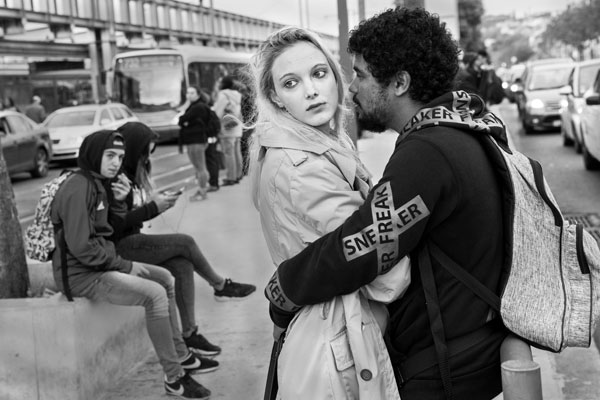7 Easy Facts About Framing Streets Explained
7 Easy Facts About Framing Streets Explained
Blog Article
The 45-Second Trick For Framing Streets
Table of ContentsThe Basic Principles Of Framing Streets Some Known Questions About Framing Streets.Some Of Framing StreetsFraming Streets for BeginnersThe 45-Second Trick For Framing StreetsSome Known Questions About Framing Streets.
Digital photography genre "Crufts Dog Show 1968" by Tony Ray-Jones Road digital photography (likewise occasionally called candid photography) is photography conducted for art or query that includes unmediated possibility encounters and arbitrary events within public locations, normally with the objective of catching pictures at a definitive or poignant moment by mindful framework and timing. 
The Buzz on Framing Streets
Susan Sontag, 1977 Road photography can concentrate on individuals and their behavior in public. In this respect, the road photographer resembles social docudrama professional photographers or photojournalists who additionally operate in public areas, but with the aim of catching relevant occasions. Any one of these digital photographers' photos may record people and residential or commercial property visible within or from public locations, which often requires navigating ethical problems and legislations of privacy, protection, and building.
Representations of everyday public life form a genre in practically every duration of globe art, starting in the pre-historic, Sumerian, Egyptian and early Buddhist art periods. Art managing the life of the street, whether within views of cityscapes, or as the dominant motif, appears in the West in the canon of the North Renaissance, Baroque, Rococo, of Romanticism, Realistic look, Impressionism and Post-Impressionism.
Framing Streets Can Be Fun For Everyone
Louis Daguerre: "Boulevard du Holy place" (1838 or 1839) In 1838 or 1839 the initial picture of figures in the road was tape-recorded by Louis-Jacques-Mand Daguerre in one of a set of daguerreotype sights drawn from his studio window of the Boulevard du Temple in Paris. The 2nd, made at the elevation of the day, shows an unpopulated stretch of street, while the various other was taken at concerning 8:00 am, and as Beaumont Newhall records, "The Blvd, so constantly loaded with a moving throng of pedestrians and carriages was flawlessly solitary, except an individual that was having his boots cleaned.
, who was inspired to take on a similar documents of New York City. As the city established, Atget helped to promote Parisian roads as a worthy subject for digital photography.

Excitement About Framing Streets
Andre Kertesz.'s commonly appreciated Images la Sauvette (1952) (the English-language version was entitled The Crucial Moment) advertised the idea of taking a photo at what he described address the "decisive moment"; "when type and web content, vision and structure combined into a transcendent whole" - Best Zoom Lens.
All about Framing Streets
The recording maker was 'a surprise camera', a 35 mm Contax hidden under his coat, that was 'strapped to the chest and connected to a lengthy cable strung down the ideal sleeve'. Nevertheless, his work had little modern impact as as a result of Evans' sensitivities regarding the creativity of his task and the privacy of his subjects, it was not released until 1966, in guide Many Are Called, with an introduction composed by James Agee in 1940.
Helen Levitt, after that a teacher of children, linked with Evans in 193839. She recorded the transitory chalk drawings - Street photography hashtags that belonged to kids's street culture in New York at the time, in addition to the youngsters who made them. In July 1939, Mo, MA's brand-new digital photography area included Levitt's job in its inaugural exhibitRobert Frank's 1958 book,, was considerable; raw and typically indistinct, Frank's pictures questioned mainstream digital photography of the time, "challenged all the official guidelines set by Henri Cartier-Bresson and Pedestrian Evans" and "contradicted the wholesome pictorialism and wholehearted photojournalism of American magazines like LIFE and Time".
Report this page